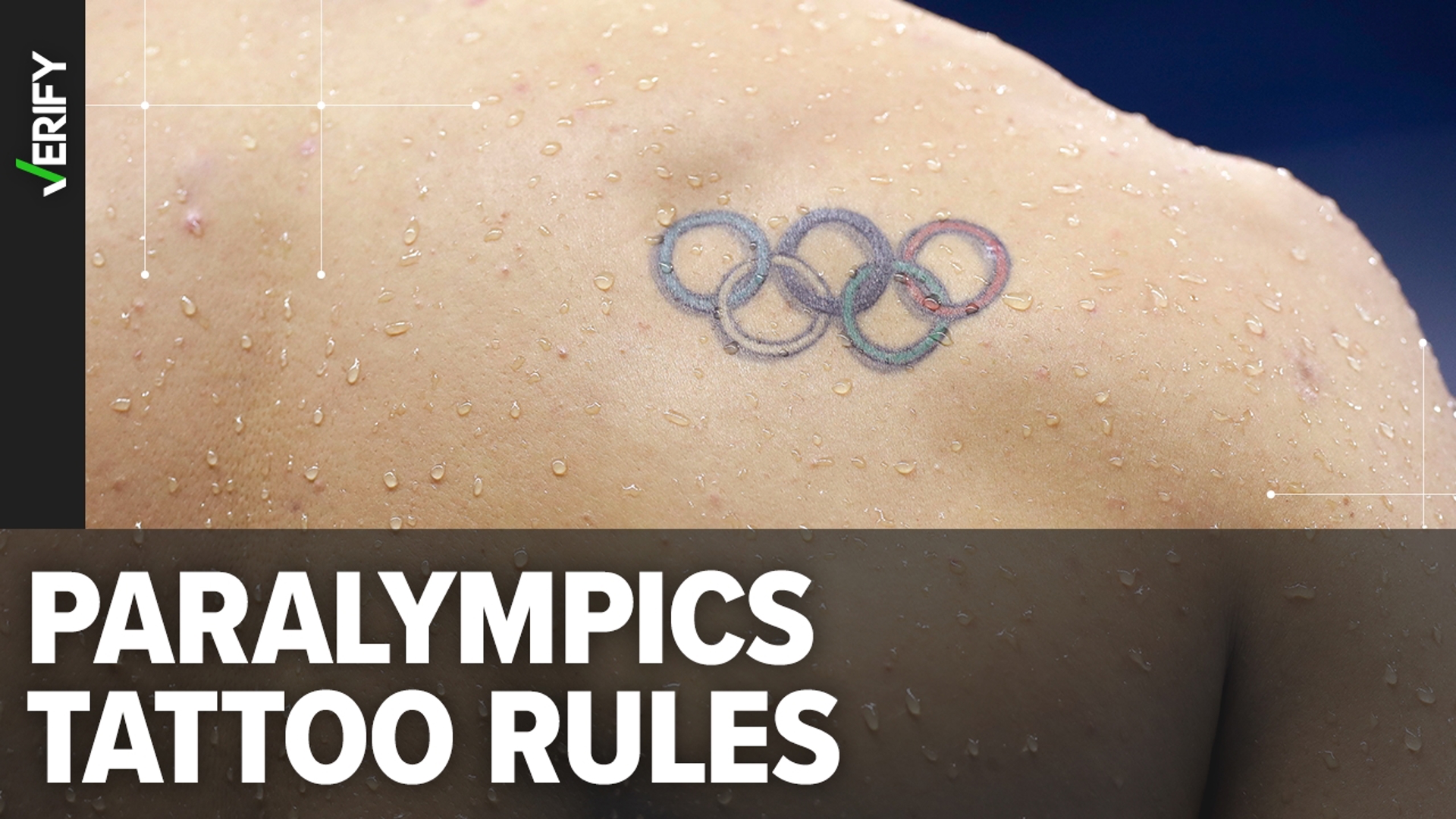PARIS, France — The Paralympic Games start Wednesday in Paris, featuring sports that have been adapted for athletes with disabilities. While most of those sports have a counterpart viewers may recognize from the Olympics, there are two that people at home may have never heard of.
Boccia and goalball are the two Paralympic sports that don’t have an Olympic counterpart. Here’s what you need to know before you tune in:
Boccia
Background:
Boccia was derived from the Italian Bocce and was originally created to be played by people with cerebral palsy. It was first introduced to the Paralympics in 1984, and now, athletes with all types of locomotor function play the sport across 75 countries, according to the Paris 2024 Olympics website.
How to play:
Athletes throw or roll balls as close as possible to a small white ball called the “jack.” There are multiple rounds called “ends,” and athletes can play individually, in pairs or in teams of three. There are four ends for individuals and pairs, and six ends for teams of three. The game is played indoors on a 12.5 by 6 meter court. Each athlete starts each round with six balls, and all athletes compete in a wheelchair. There are four categories of athletes based on their disabilities. Some athletes are eligible for wheelchair stabilization, a ramp to roll the balls, pointers or a sport assistant. Any sport assistants must keep their back to the court during an end and are not allowed to advise the athletes, only help do what the athletes ask them to do. Learn more about boccia from the Paris 2024 Olympics website.
Who can compete:
All athletes who have a disability that affects motor function.
Goalball
Background:
Goalball was created in 1947 by Austrian Hanz Lorenzen and German Sett Reindle to help rehabilitate WWII veterans who had lost their vision. It was first introduced to the Paralympics in 1976. The sport is played by over 120 countries across the world, according to the United States Association of Blind Athletes factsheet.
How to play:
An athlete on offense throws or rolls a ball across their opponent’s goal line, and the other team tries to stop them by diving on the ground and blocking their throw. There are three defending positions athletes traditionally stay in, but teams move around a lot. The athlete on offense can spin the ball differently so the ball will move differently. The United States Association of Blind Athletes says elite athletes can throw the ball faster than 40 miles per hour and can throw a variety of different smooth, skipping and bouncing shots. Learn more about goalball on the USABA factsheet.
Who can compete:
All athletes who are visually impaired.

